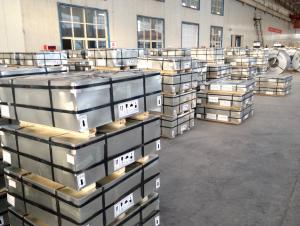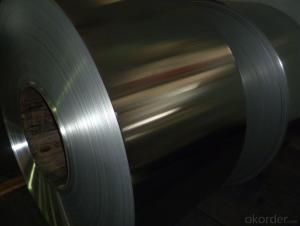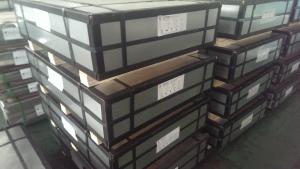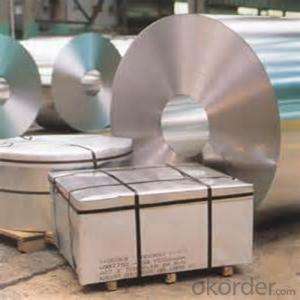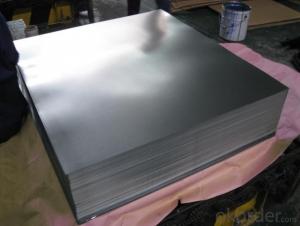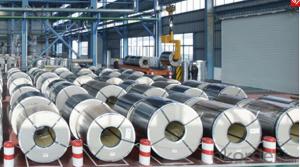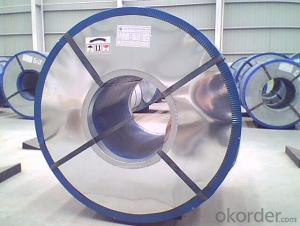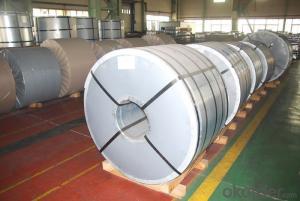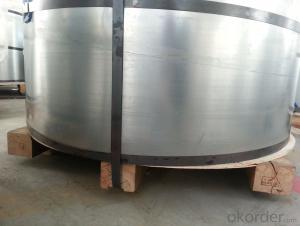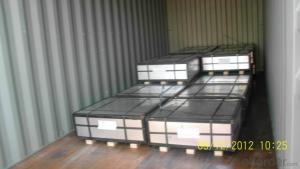Arcelormittal Tinplate
Arcelormittal Tinplate Related Searches
4 By 8 Plastic Sheets Thin Plastic Sheets Flexible Tinplate Coil Quotes Tinplate Iron Clear Plastic Sheets Hard Plastic Sheets 4X8 Lightweight Plastic Sheets Wavy Plastic Sheets White Plywood Sheets Poly Styrene Foam SheetsHot Searches
Tinplate China Tinplate Stock Price Tata Tinplate Price List Tinplate Price Trend Tinplate Nse Share Price Tinplate Price Chart Tinplate Share Price Nse Tata Tinplate Share Price Tinplate Share Price Today Tinplate Share Price Bse Tinplate Price Tinplate Share Price Tinplate Coil Manufacturers Tinplate Sheet Suppliers Food Mixer Sale Tinplate Factory Tinplate Production Tinplate Products Ltd Tinplate Products Tinplate Can ManufacturersArcelormittal Tinplate Supplier & Manufacturer from China
Okorder.com is a professional Arcelormittal Tinplate supplier & manufacturer, offers integrated one-stop services including real-time quoting and online cargo tracking. We are funded by CNBM Group, a Fortune 500 enterprise and the largest Arcelormittal Tinplate firm in China.Hot Products
FAQ
- The common labeling options for tinplate containers include adhesive labels, heat transfer labels, direct printing, and embossing.
- Tinplate is relatively lightweight and portable due to its thin and flexible nature. It can be easily carried and transported, making it a convenient choice for various applications.
- Tinplate contributes to sustainable packaging by offering several environmental benefits. Firstly, tinplate is highly recyclable, meaning it can be reused indefinitely without losing its quality. This helps reduce the demand for new raw materials and minimizes waste. Additionally, tinplate is lightweight yet strong, allowing for efficient transportation and reduced carbon emissions. Furthermore, tinplate offers excellent product protection, extending the shelf life of goods and reducing food waste. Overall, the recyclability, durability, and protective properties of tinplate make it a sustainable choice for packaging solutions.
- Tin, tin plated iron. Why can't we get white wine?
- Should be caused by the unqualified corrosion resistance of the tinplate. The reasons are as follows:Tin plating on the surface of the tinplate has played a certain role in corrosion protection, tin surface will be six chromium passivation, further improve the corrosion resistance. However, the liquor contains a lot of water, and if the long-term contact with the iron (without coating tin), the surface of the tin layer will be corrosion, and then corrosion to iron.
- Tin cans in what way sterilization good ah
- Water spray sterilization: this approach is the use of spray nozzle or tube hot water to the food, sterilization process is based on tinplate surface ends protruding, must exert anti pressure, especially for higher temperature sterilization of canned meat
- Tinplate which applies to product packaging?
- It is suitable for the packing of tea, moon cake, candy, biscuit, health care product and so on.
- Tinplate is recycled through a process called "metal reclamation," which involves collecting and separating tin-coated steel from other materials. The tin coating is removed, and the steel is melted down and used to produce new tinplate products. The benefits of tinplate recycling are numerous. Firstly, it conserves natural resources by reducing the need for mining and extracting raw materials. Additionally, recycling tinplate reduces energy consumption and greenhouse gas emissions associated with the production of new tinplate. Moreover, recycling tinplate helps minimize waste disposal in landfills, which reduces environmental pollution and conserves landfill space. It also contributes to the circular economy by promoting the reuse of materials and extending the lifespan of tinplate products. Overall, tinplate recycling is a sustainable practice that brings economic, environmental, and social benefits.
- Tinplate has a number of environmental benefits. Firstly, it is highly recyclable, meaning that it can be used and reused multiple times without losing its quality or properties. This reduces the need for raw materials and decreases the amount of waste generated. Additionally, tinplate is often used as packaging material, particularly in the food industry, where its barrier properties help to prevent spoilage and extend the shelf life of products. This can reduce food waste and the associated environmental impact. Lastly, tinplate is known for its durability, which means that products made from tinplate tend to have a longer lifespan, reducing the overall demand for new products and minimizing waste generation.
















